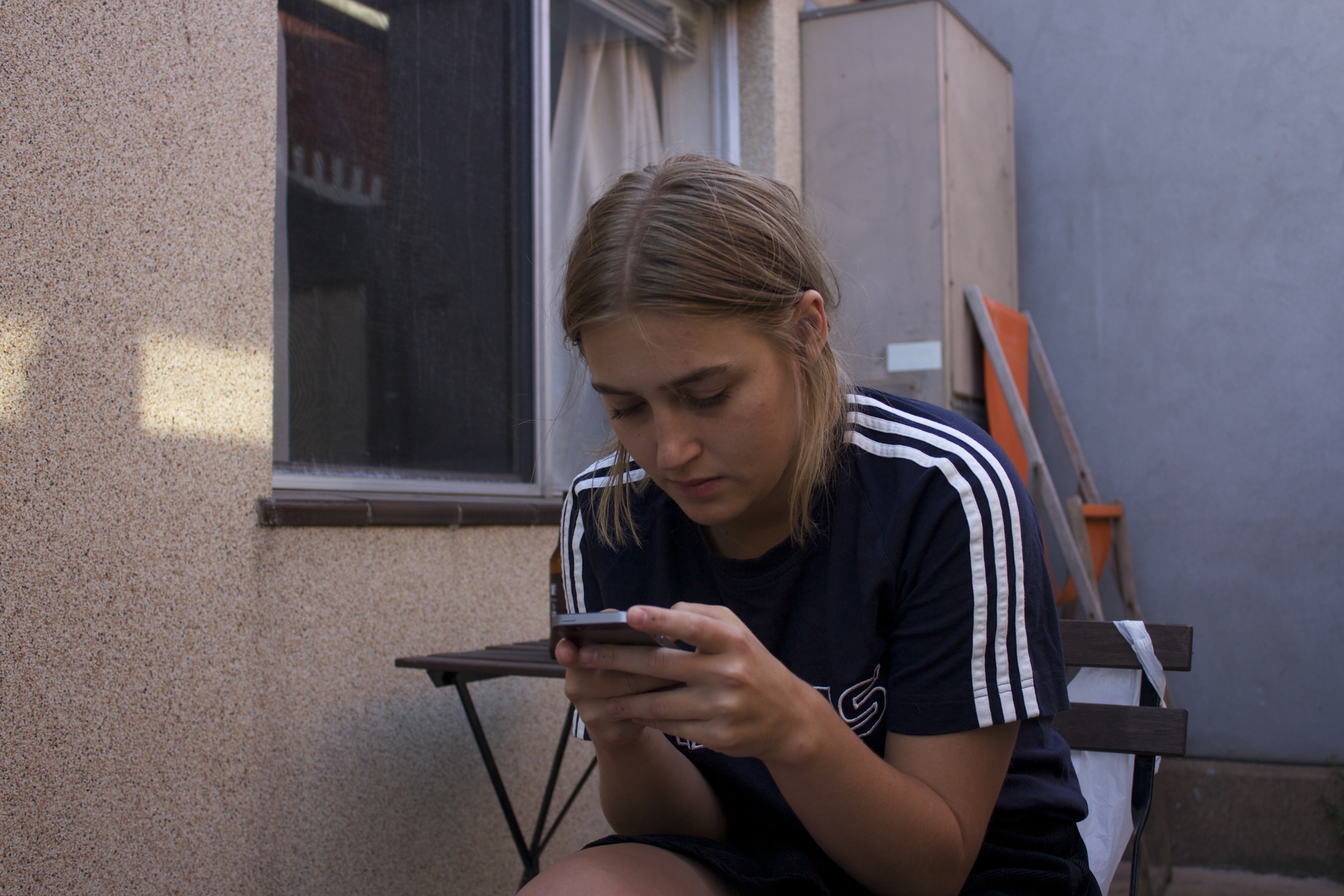This weeks Lectorial was very information heavy. We were introduced to our Project Brief 3 ~ in which we are required to edit together 2 minutes of original and found footage (from archive.org etc) to create a media portrait of someone other than ourselves ~ someone we know. Some ideas started flowing, especially with the examples of everyones PB2’s fresh in my mind from yesterday. I like the fact we’re encouraged to use stock footage, this requirement gives us a great opportunity to practice our editing skills in using footage other than our own to enhance and convey the messages and feelings we want to create in our PB3. Immediately I was thinking of the examples of voice overs used in peoples PB2’s to enhance their footage ~ and thinking of ways I could do this with images and script in my PB3…. I also need to start thinking about who I could do it about.
Brian then talked to us about reading and getting the most out of doing so in regards to critical and analytical skills. He mentioned the usual stuff, like highlighting, annotating, breaking it up (and then dooooooown) and even skim reading as all methods and actions that help to digest material and ideas a little better. It reminded me that, although it may seem silly to tell us to do these things, they seriously help! And it’s great to be reminded. I know, that for me to be able to truly read something in a way that will make sense to me and stick with me in the long term, I have to skim read, highlight and annotate as I re-read and then re-note and re-phrase all of the elements that I eventually want to use.
